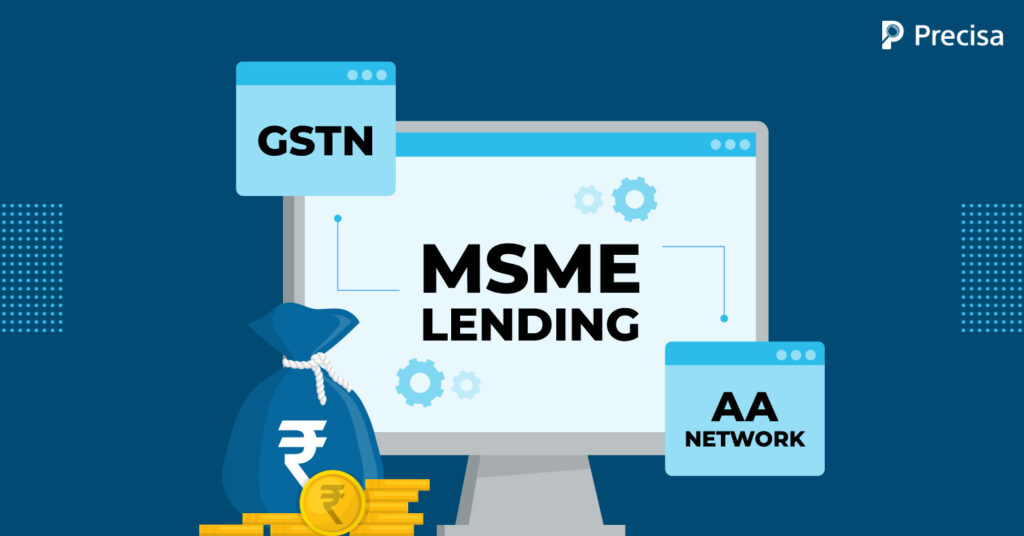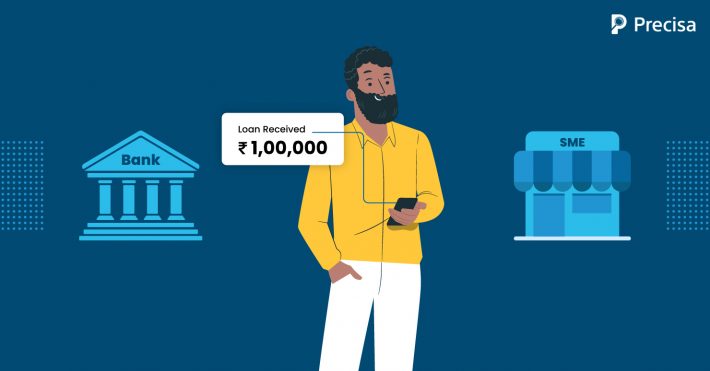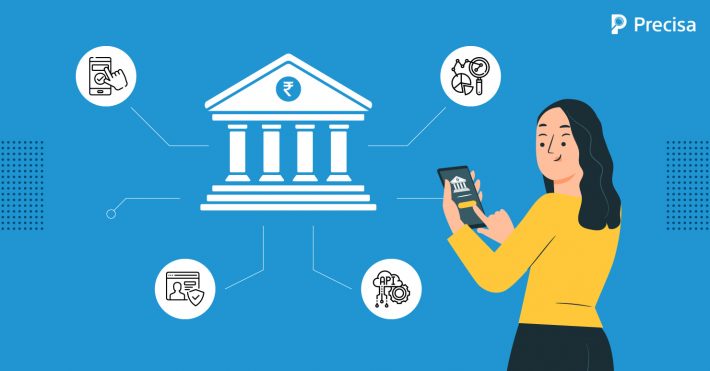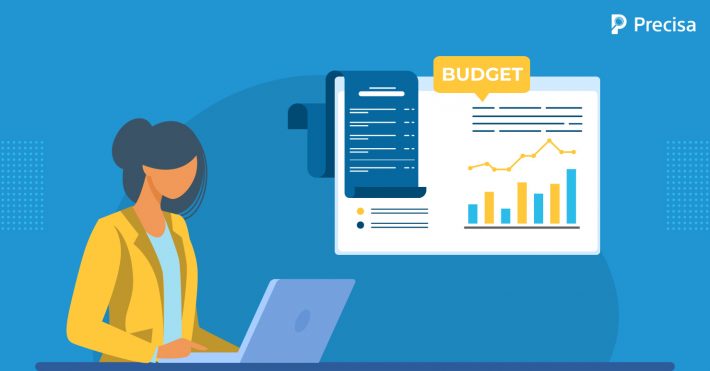4 Ways Integrating GSTN in AA Network is Revolutionising MSME Lending

With an annual growth rate of around 6-7% over the past five years, the Indian economy is growing at a steady pace. Micro, small, and medium enterprises (MSMEs) are a significant driving force of the economy, contributing around 30% to the country’s gross domestic product (GDP). Despite their impressive contribution to the country’s financial growth, MSMEs grapple with many challenges, such as poor cash flow and securing bank loans.
In an attempt to address these problems, the Reserve Bank of India (RBI) has integrated the goods and services tax network (GSTN) into the accounts aggregator network (AA), which will simplify loan approvals and minimise friction in credit disbursement.
This article examines the integration of GSTN in AA network, its impact, and the different challenges it aims to solve.
What is GSTN?
Goods and Services Tax Network (GSTN) is a non-government, non-profit organisation that provides and overlooks the tech interface between taxpayers, governments, other stakeholders, and the GST portal.
The initiative aims to simplify credit disbursement by establishing a uniform interface and a shared IT infrastructure between the central and state governments and taxpayers.
GSTN in AA Network: Challenges Faced by MSMEs
Although there are over 50 million MSMEs in India, most have yet to visit banks today due to the complex and tedious nature of dealing with them and other financial institutions. From issues ranging from lengthy registrations to loan approvals and limited accessibility in rural areas, MSMEs continue to face different hurdles. The integration of GSTN in AA network aims to address some of these challenges.
Before examining the benefits, let’s look at the challenges MSMEs face.
1. Access to Finance
Access to finance is one of the biggest challenges, as only 16% of MSMEs receive adequate funding and support from banks. Additionally, evolving labour laws and tax compliance tend to restrict their growth, resulting in low business closures and working capital.
2. Slow Credit Assessment
Traditional credit assessment techniques are cumbersome and time-consuming, leading to further delays and slowing down business growth. The credit assessments were also slow since banks and other lenders could not use GST returns as financial statements to evaluate the financial health of MSMEs.
3. GST Details
Until now, MSMEs had to provide their GST details, extending their credit journey physically. The need for more tech integration and a streamlined process to provide such information is another challenge thousands of MSMEs face in India, resulting in slower growth.
How Will Integration of GSTN in AA Network Help MSMEs?
Now, let’s explore some significant advantages of integrating GSTN in AA networks and how it will help MSMEs in the long run.
1. Frictionless Loan Disbursement
One of the most notable benefits of bringing GSTN in AA network’s ambit is that it enables MSMEs to authorise banks and lenders to access their tax records and other crucial financial information via a single platform resulting in higher transparency and frictionless loan disbursement.
Integrating GSTN in AA network will narrow the credit gap MSMEs face while accessing funds. The blend of data sharing and technology enables lenders to evaluate the creditworthiness of MSMEs.
2. Digital Public Infrastructure
The success of the Unified Payment Interface (UPI) is no secret. The account aggregator (AA) system is a component of the Digital Public Infrastructure (DPI) launched by India in the last few years.
According to the CEO of Sahamati, the non-profit organisation that promotes AA, nearly 75 lakh bank accounts have been linked to the AA system since September 2021. It is also worth noting that the GSTN has around 1.4 crore registered taxpayers.
Such initiatives foster and promote transparency, simplify loan applications, and encourage more and more MSMEs to apply for loans. Additionally, the collected data will enable accurate tax assessment and enhance scrutiny of irregularities.
3. Inclusive Financial System
The onset of the AA system is already showing promising signs. Non-banking financial companies (NBFCs) and banks have disbursed more than Rs 6,000 crore of loans via AA-based underwriting. These numbers also demonstrate the potential of the AA system in assisting MSMEs to meet credit requirements and secure funds, creating an inclusive financial system.
4. Minimal Documentation and Better Financial Planning
As mentioned before, MSMEs had to submit their financial documents physically. Integrating GSTN in the AA framework will eliminate the need for excessive documentation, making it easier for businesses to access credit.
Additionally, integrating GSTN in AA network allows MSMEs to stay on top of their financial data, paving the way for improved planning, budgeting, and decision-making.
Wrap Up
The push toward a transparent, tech-centric, and user-friendly ecosystem is driven by the increasing calls to simplify the credit journey of MSMEs. Integrating GSTN in AA network will play a significant role in streamlining and accelerating MSME loan applications.
Government initiatives, technology, the emergence of innovative Fintech companies, and the increasing need for faster loan approvals will continue to transform MSME lending in the upcoming years. As things stand, it is safe to say that integrating GSTN in AA network is revolutionising MSME lending and will continue to do so in the foreseeable future.
Precisa’s cloud-based financial data analytics and cutting-edge solutions are designed to help banks, lenders, and financial institutions make informed credit decisions, simplify bank processes, and create a transparent financial ecosystem.
Schedule a demo to know more.




